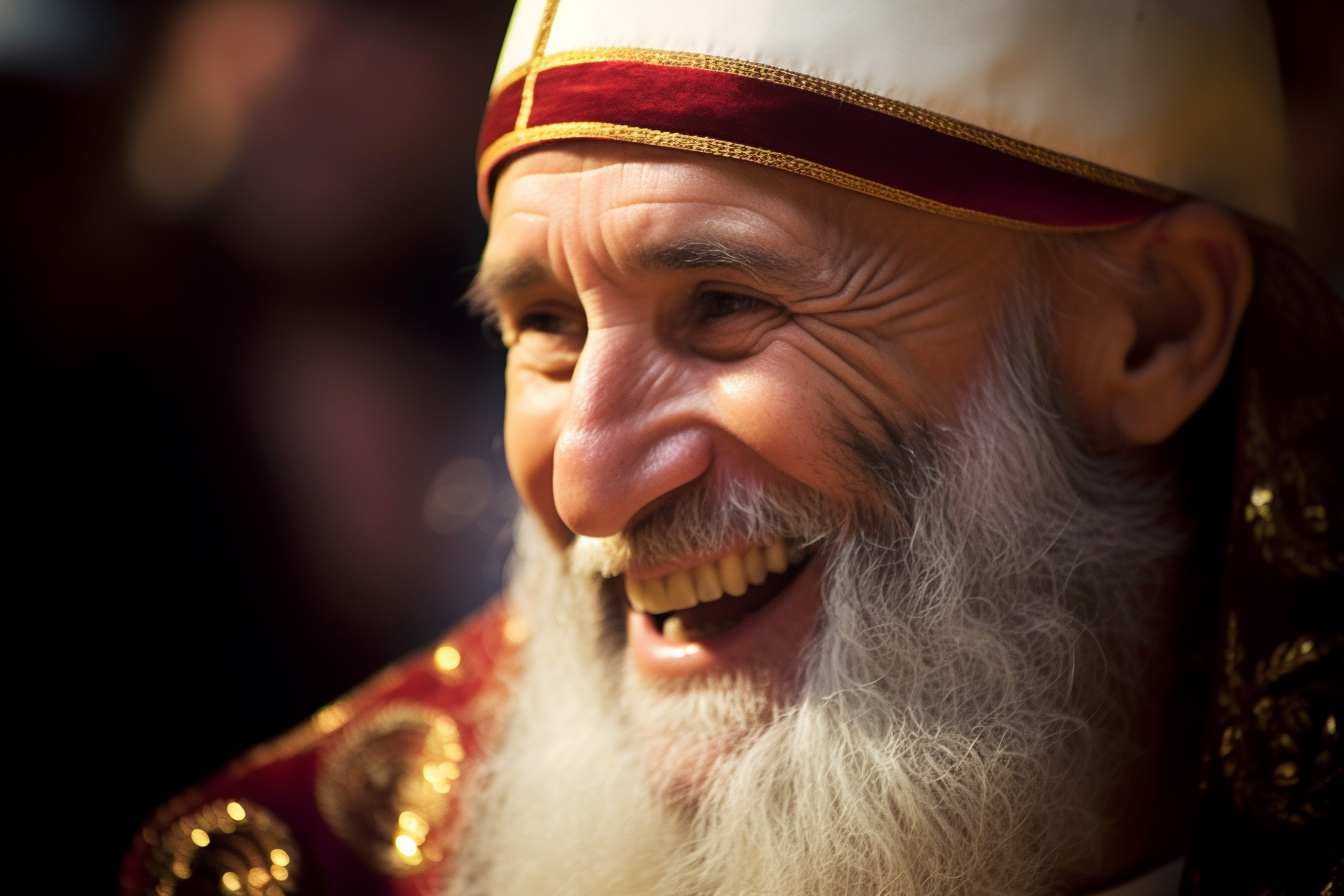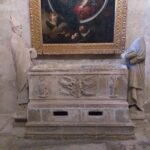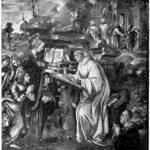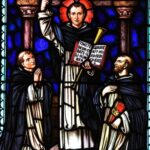
St. Leo the Great
St. Leo the Great
When he lived: 4th to 5th century, exact dates unknown
Where he lived: Rome, Italy
Notable world events during his life:
- The Fall of the Western Roman Empire
- rise of the Huns and other barbarian invasions
- the development of monasticism
- the construction of the Santa Sabina Church
- the works of Christian theologians like Augustine of Hippo
His patronage: Speakers
Meet the first Pope to Be Given the title Great.”
Pope St. Leo the Great is a giant among Catholic church fathers. Born into a Roman aristocratic family, Pope Saint Leo I, or Saint Leo the Great, was the first pope to be adorned with the title “the Great”. From a respected deacon serving under Pope Celestine I to becoming a Pope himself in 440, St. Leo the Great became known for his sermons as well as promoting reconciliation among Christians during a time in which the church was wrestling with several fundamental theological issues.
It is difficult to relate to many of the saints, and it is equally difficult to relate to a pope who became a saint. As the first pope given the honor of having “the Great” added to his name, Pope St. Leo might seem like a figure entirely beyond our reach—a person who is worthy of our study but not someone we can seriously emulate in our daily lives.
But Pope St. Leo certainly faced numerous struggles and challenges. It took an active exercise of the virtues to have the courage to fight against several heresies prevalent in the early church.
History often paints its figures in a way that makes it seem as if they had incredible clarity in their convictions. But St. Leo, like any of us, acted on faith and courage, not with the benefit of hindsight as we see him.
Leo’s Leadership and Defense Against Heresies
Under his pontificate, Leo tirelessly worked to root out the heresies of Pelagianism (the idea that Adam’s sin was his own and that his descendants did not inherit the sin) and Manichaeism (the idea that the world is inherently evil) that threatened the Western Church. Leo’s tenacity in protecting the full deposit of faith proved him to be a defender of orthodox Catholic teachings.
Bridging Divinity and Humanity: The Hypostatic Union
Leo was also an instrumental figure in resolving a doctrinal controversy concerning the relationship between Jesus’ humanity and divinity. His letter, known for its profound theological insight, clarified the Church’s stance on the matter: Christ was one person with inseparable human and divine natures, which is known as the hypostatic union.
Defending Against Attila the Hun
Pope St. Leo not only fought against heresies within the church; he also showed remarkable courage upon approaching Attila the Hun in 452. Pope St. Leo met Attila outside of Rome to negotiate peace and avoid the sacking of Rome. While the details of that meeting are unknown, Pope St. Leo showed incredible courage to face one of the most fearsome figures of his time.
The Legacy of Saint Leo the Great
Leo the Great passed away on November 10, 461. His influence on the Church was so profound that Pope Benedict XIV declared him a Doctor of the Church in 1754. With nearly 100 sermons and 150 letters preserved to this day, his teachings continue to serve as a foundation for our understanding of our faith.



